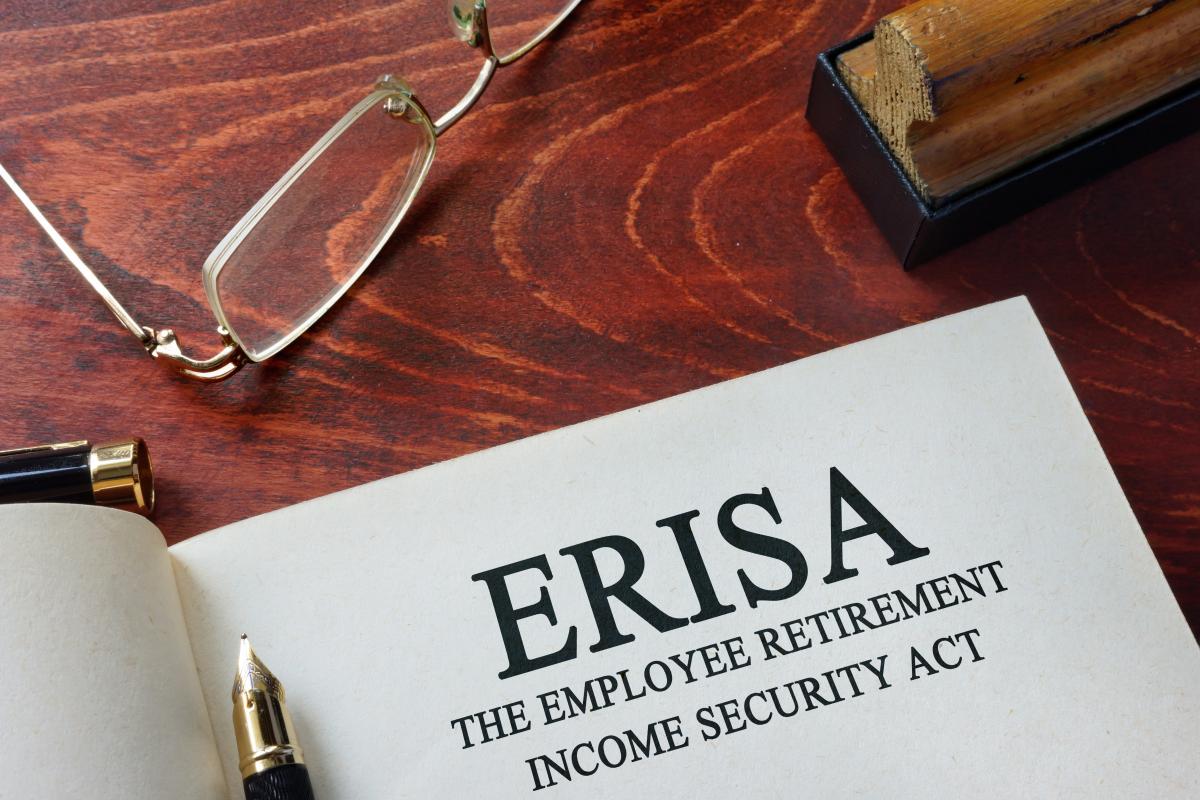 A member of the class in an excessive fee suit has challenged the $2.2 million plaintiffs’ counsel fee – and claimed that her recovery will be less than the value of free coffee she received at work during the litigation.
A member of the class in an excessive fee suit has challenged the $2.2 million plaintiffs’ counsel fee – and claimed that her recovery will be less than the value of free coffee she received at work during the litigation.
The challenge was made to the $6.8 million settlement struck in a suit brought involving the SEI Capital Accumulation Plan, in which the requested settlement (ostensibly net of $2.2 million in attorney fees, named plaintiff award and costs) was to be spread over about 5,600 current and former participants, pending court approval.
In response (Stevens v. SEI Investments Co., E.D. Pa., No. 2:18-cv-04205, supplemental memorandum in support of attorneys’ fees 12/4/19) to the challenge, the plaintiffs’ counsel (Nichols Kaster PLLP and Winebrake & Santillo LLC) noted that “although no class members have objected to the Settlement, one class member, Laura Salminen, has lodged an objection against the requested attorneys’ fees of one-third of the Settlement Fund, requesting instead that the Court award less than $100,000 based on Class Counsel’s lodestar.”
A lodestar cross check is determined by multiplying the number of hours reasonably devoted to the case by a reasonable hourly rate – the latter may, of course, vary based on the geographical area, the nature of the services provided, and the experience of the attorneys. And, of course what’s deemed “reasonable.”
Not surprisingly, in the action currently pending before Judge Nitza I. Quiñones Alejandro of the U.S. District Court for the Eastern District of Pennsylvania, the plaintiffs’ counsel argues that this “objection is inconsistent with the economic realities of contingent-fee class action litigation and the well-developed case law favoring attorneys’ fees based on a percentage of the Settlement Fund,” that “the requested attorneys’ fees are reasonable, as evidenced by the Independent Fiduciary’s report and the response from the majority of the Class, and Class Counsel therefore asks that this Court overrule the objection and approve the requested attorneys’ fees.”
‘Unreasonable’ Reasoning
As their response explains the challenge, Class Member Salminen argues that the requested attorneys’ fees are unreasonable because:
- Class Counsel should have calculated damages per class member;
- the requested attorneys’ fees result in an unreasonable hourly rate for the number of hours billed on the case;
- “Class members are not responsible for the risk Class Counsel assumes” in taking on a complex ERISA class action;
- routinely awarding a one-third fee in ERISA settlements is comparable to “price fixing”; and
- the Class Representative was not entitled to negotiate attorneys’ fees on behalf of the Plan.
Salminen instead has requested that the court reduce Class Counsel’s fee to $71,730 ($100 per hour billed plus benefits), a “bonus” of the average class member award ($700-$1,200), an additional sum for fees incurred in obtaining approval of the settlement not to exceed 20% of the $71,730, and one-third of the requested Class Representative award ($3,333), together totaling less than $100,000. And as if that weren’t sufficient, she “shared [her] thoughts with a few class members” and obtained 77 signatures to a petition objecting to the requested attorneys’ fees.
Moreover, as noted above, she’s done the math, and claims that the approximately $800 she will receive if the lawyers’ fee request is approved… is less than the value of the free coffee she’s consumed at SEI during the 15 months the case was active.
However, plaintiffs’ counsel claims that doing so would be to ignore “the substantial risk and complexity of ERISA contingent-fee class action litigation and the Third Circuit’s long-favored percentage-of-recovery method for calculating attorneys’ fees in common fund cases such as this.” And they know of which they speak; they remind the court that this risk is “not merely hypothetical,” calling to its attention their experience during the past two years where they claim to have “absorbed two adverse trial judgments in similar ERISA class actions.” They go on to explain that “even successful cases can take a decade to resolve … with counsel advancing significant expert costs and time while the litigation is pending.”
“If Class Counsel were limited to recovering the lodestar value of their time (i.e., breaking even) in successful cases, while recovering nothing in unsuccessful cases, it would not be financially feasible for counsel to represent class members in these types of cases,” they argue.
What This Means
The points made by plaintiffs’ counsel here are pretty standard stuff; certainly these cases often take years to come to trial, much less be settled, those that do make it to trial have been decided in favor of the defendants in a fair number of cases, and the one-third of the settlement amount contingency fee for plaintiffs’ attorney has been the standard across districts.
That said, this is now at least the third time such a charge has been challenged by members of the class (see Judge Clips Plaintiffs' Award, Lawyer Fee in 401(k) Fee Suit and Vanderbilt Settlement Challenged – by Law Professor) – and so perhaps what has been considered “standard” settlement fare up till now – shouldn’t be going forward.

